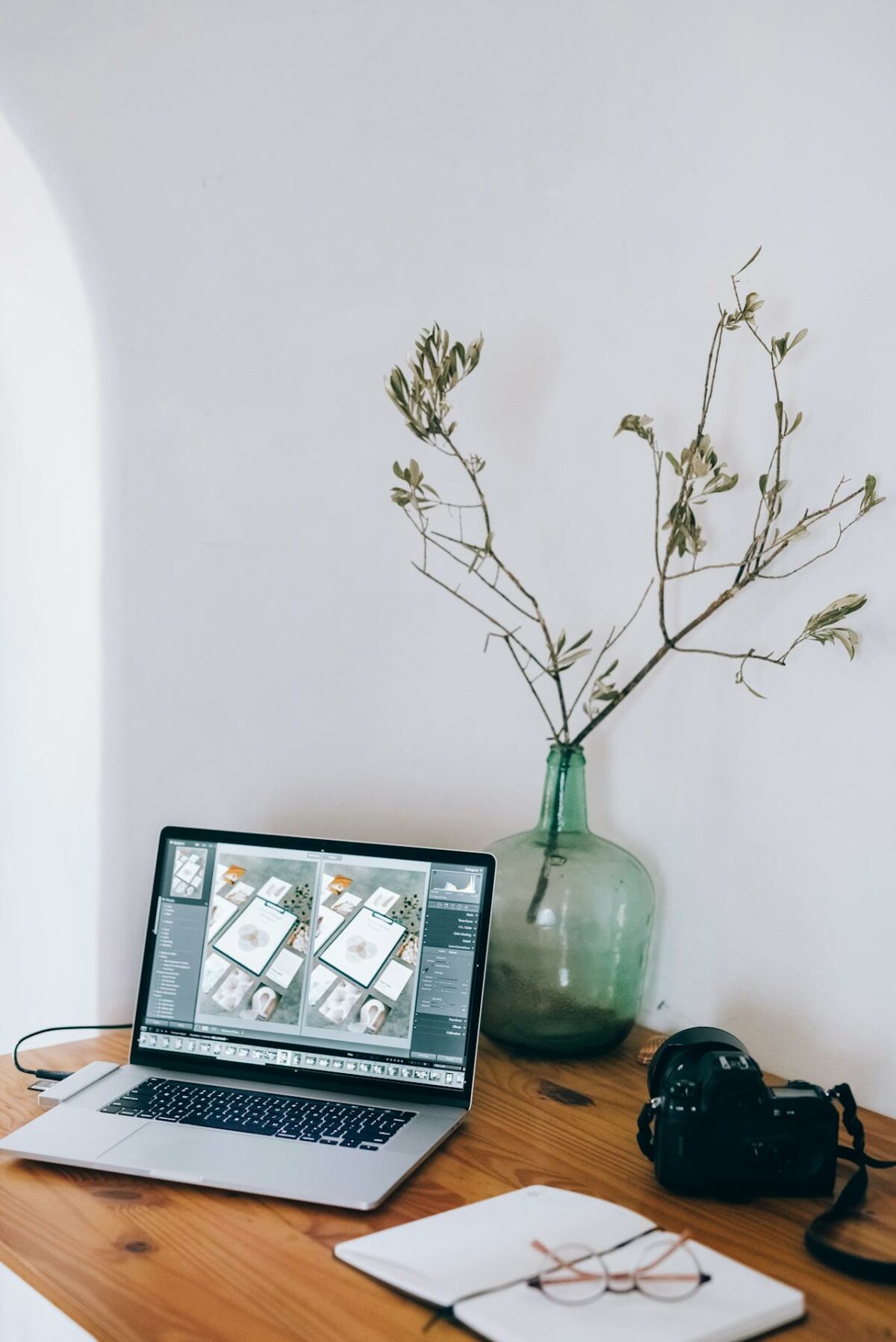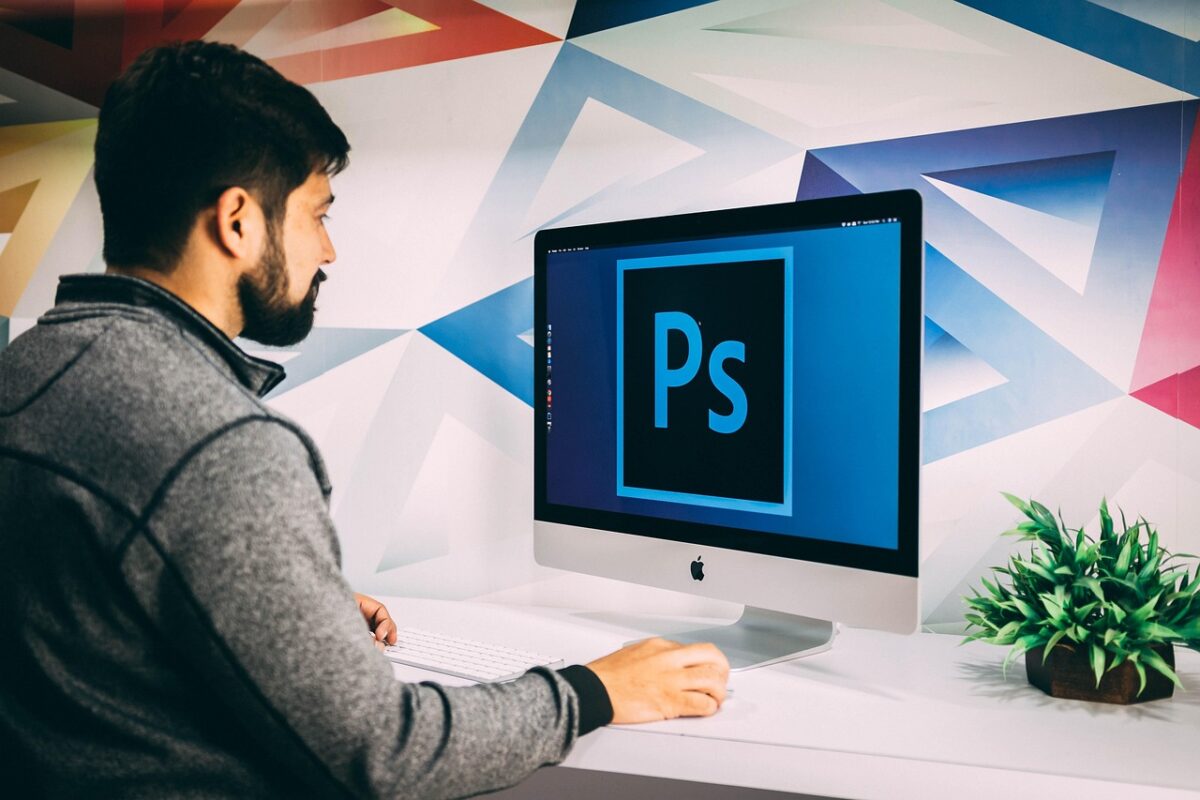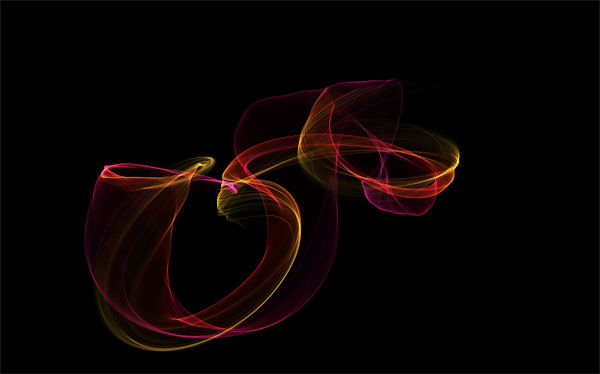10 Photoshop Tools That Every Novice Should Be Able to Master in 2025
When it comes to image editing, design, and digital art, Adobe Photoshop continues to be the industry standard. The sheer amount of tools and settings that are accessible may often make newcomers feel overwhelmed, despite the fact that it is a powerhouse that is used by experts all over the globe.
On the other hand, here is some good news: you do not have to learn everything all at once.
In point of fact, if you concentrate on learning only ten fundamental tools, you will be able to accomplish the majority of activities that are between beginner and intermediate in difficulty. These tasks include developing material for social media platforms, picture touch-ups, and graphic design, among other things.
Let’s have a look at the top ten Photoshop tools that every newbie should be familiar with in the year 2025:
1. Use the Move Tool (V) to move around.
The function of this tool is to allow you to move selections, layers, and objects.
Although it may seem to be a straightforward tool, the Move Tool serves as the basis for your workflow. It is necessary to make use of this tool if you need to relocate an element, whether it be a text, picture, shape, or layer. In addition, it enables alignment and distribution regardless of the number of items being worked with.
Holding down the Shift key while moving the item will ensure that it remains exactly aligned in a straight line, whether it be horizontal or vertical.
2. The Crop Tool (C).
Your picture is trimmed or reframed as a result of this.
Do you want to clean up the composition or get rid of the unnecessary edges? One of your most trusted allies is the Crop Tool. In Photoshop 2025, artificial intelligence-based crop recommendations will assist you in automatically adhering to well-known design principles such as the Rule of Thirds or the Golden Ratio.
In order to properly fill empty regions while cropping, it is recommended that you make use of the Content-Aware Crop option.
3. The Brush Tool (B).
It applies color or texture strokes to the surface of the object.
The Brush Tool is quite flexible, and it may be used for a variety of purposes, including retouching skin, painting digitally, and masking regions. You can now apply pressure dynamics, manage flow, and build bespoke brushes for any function with Photoshop’s 2025 brush engine. Additionally, you may construct brushes for any purpose.
Learn how to modify the flow, opacity, and hardness of your material; this will have a significant impact on the results you get.
4. The Lasso Tool (L)
Freehand is a technique that allows one to choose certain areas of a picture.
It is helpful to have this tool available if you need to manually isolate anything in your picture. Lasso, Polygonal Lasso, and Magnetic Lasso are the three versions that are available in Photoshop. Each of these lassos is designed to accommodate a different kind of selection.
When choosing items that have clearly defined borders, it is recommended that you make use of the Magnetic Lasso Tool.
5. A Quick Selection Tool (W) is available.
This feature automatically chooses regions depending on the color and tone of the surrounding area.
Photoshop’s artificial intelligence-driven object identification has made this tool even more clever in the year 2025. The topic may be selected with a single click, the backdrop can be isolated, and exact modifications can be made in a matter of seconds.
An expert piece of advice is to use the top bar’s Select Subject or Remove Background buttons to make rapid choices.
6. The Healing Brush Tool, labeled as J
Imperfections are repaired and blended in with the surrounding regions as a result of its implementation.
This tool does well across a wide range of applications, from eliminating acne from headshots to cleaning up scratches in scanned photographs. In 2025, the improved artificial intelligence texture matching feature of Photoshop will offer even more natural-looking outcomes.
A helpful hint is to make use of a gentle brush and to take a sample of the skin or texture in the surrounding area.
7.The Clone Stamp Tool (S)
The function of this program is to copy pixels from one region to another.
In need of removing an item that is distracting from a photograph? Would you want to make a texture copy? Strong and accurate, the Clone Stamp is a strong tool. In contrast to the Healing Brush, it does not mix; rather, it replicates the precise selection that you make.
Use a low opacity for progressive cloning, then use a high zoom for meticulous retouching. This is a professional tip.
8. The tool for typing (T)
It will add text to your project, which is what it does.
The process of adding text and formatting it is essential, regardless of whether you are creating a billboard, a meme, or an Instagram post. Variable typefaces and enhanced kerning control are two features that have been added to the 2025 edition of Photoshop, which allows for even more creative versatility.
Before adding effects, it is recommended that you convert your text layer to a Smart Object so that it may continue to be edited.
9. The Gradient Tool (G)
What it does is blend colors together in a seamless manner throughout an area.
When it comes to backdrops, overlays, and creative effects, gradients are really helpful. Drag-and-drop functionality has been added to the live gradient editor in Photoshop 2025, making it possible to make tweaks and color stops in real time.
A helpful hint is to experiment with various blend modes and gradients in order to generate one-of-a-kind lighting or color effects.
10. Masks for Layers
Why it is useful: Determines which components of a layer are visible in a manner that is not harmful.
In spite of the fact that they are not considered a “tool” on the left toolbar, Layer Masks are an essential tool for novices. They provide you the ability to conceal or expose portions of a layer without removing anything, which is essential for making modifications that are both clean and reversible.
Hint: When applying a mask, use a black brush to conceal, and a white brush to expose. Things become semi-transparent when they are gray.
As a bonus tip, it is important to learn shortcuts at an early stage.
Here are a few shortcuts that are worth learning and remembering:
- The Undo command is Ctrl+Z.
- Free Transform is accessed by using Ctrl+T.
- The Brush Tool, or B
- M stands for “Marquee Tool.”
- Using the Alt+Click shortcut, see just the mask of the layer.
- Increasing or decreasing the size of the brush.
In the beginning, learning Photoshop might seem like a daunting task; but, if you concentrate on becoming proficient in these ten tools, you will be able to handle almost any creative endeavor. The value of Photoshop lies in its features, which allow for anything from expert picture editing to the creation of unique designs.
Photoshop is all about creativity and flexibility, therefore it is important to have patience, experiment often, and not be scared to make errors whenever you use it. Every day, AI-powered features are becoming better, and by the year 2025, novices will have access to help that is more user-friendly than it has ever been.


